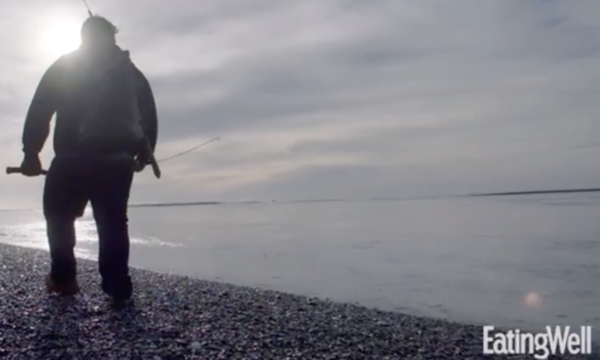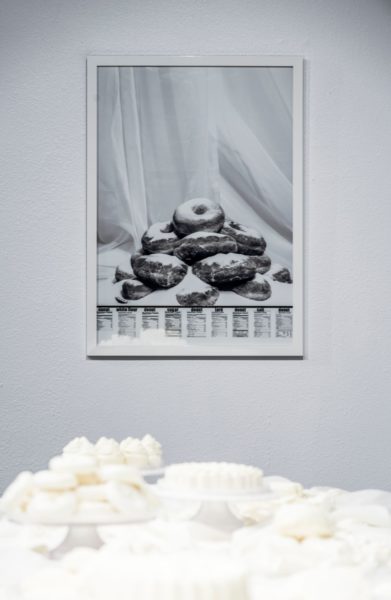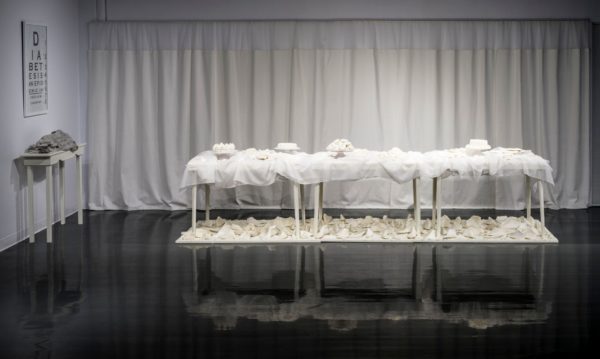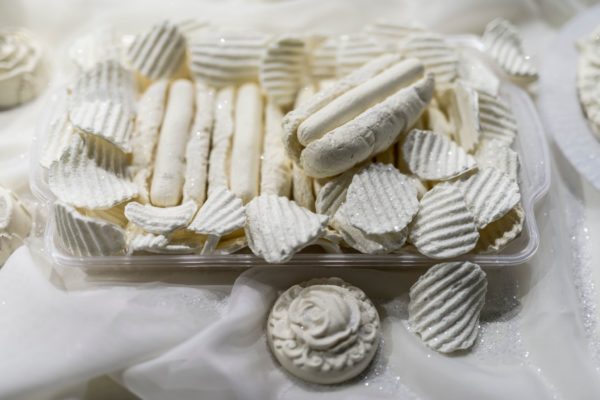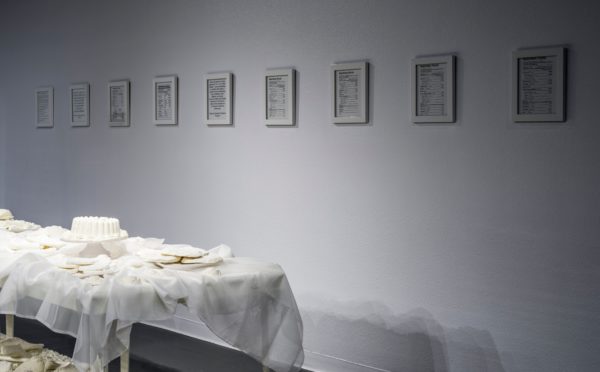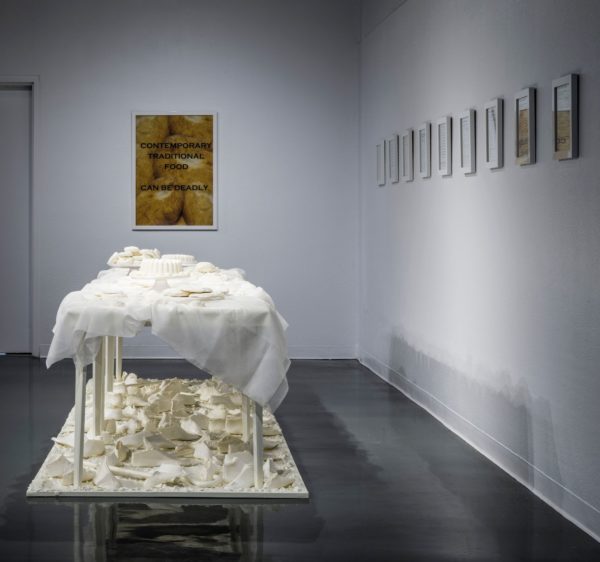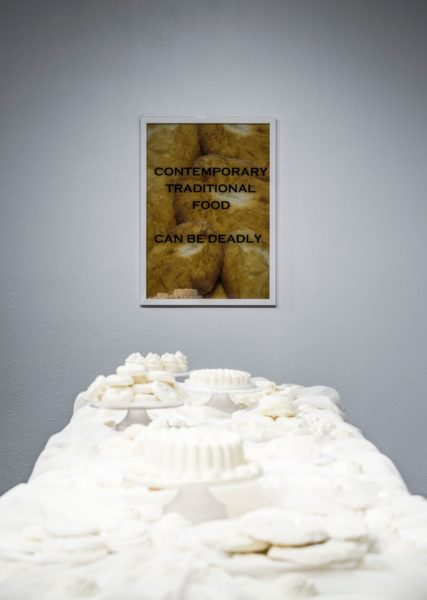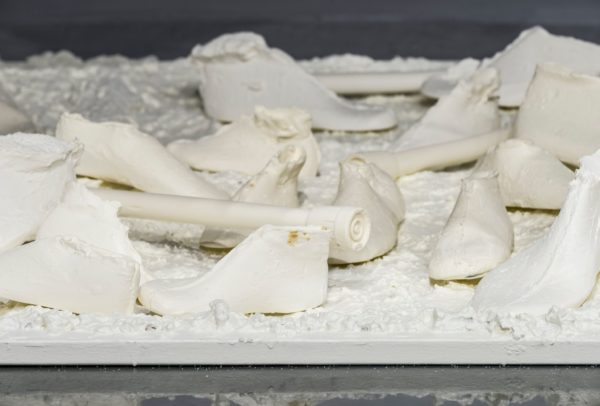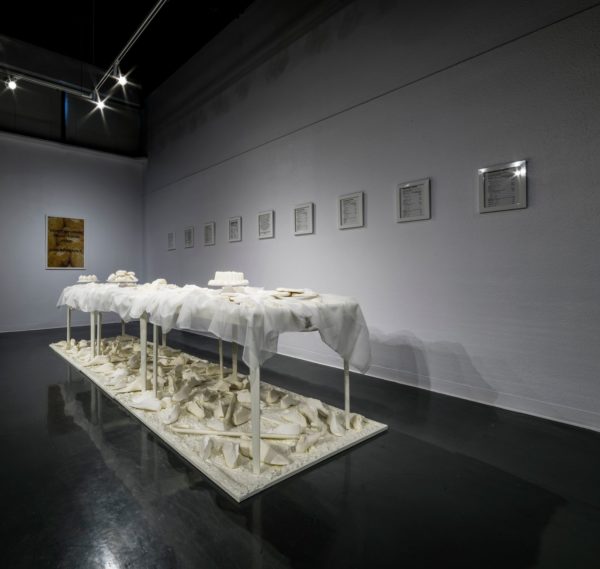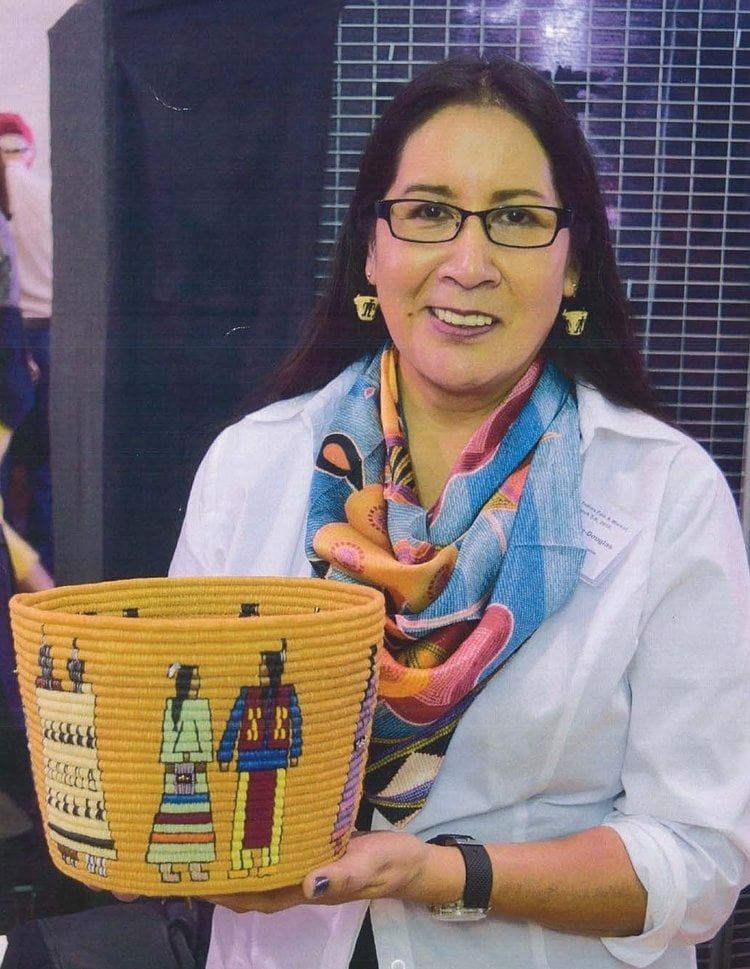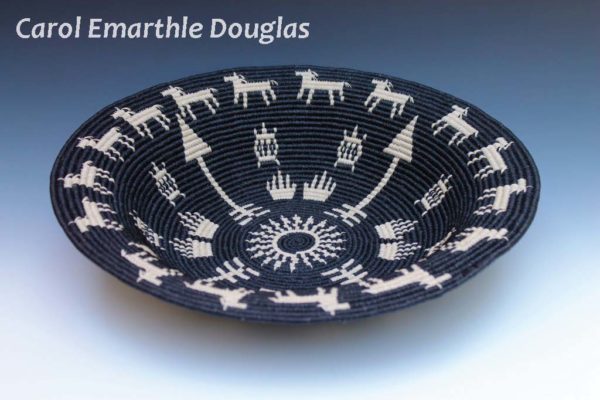Native Eatery Spotlight: Indigikitchen
INDIGIKITCHEN
Indigikitchen, a portmanteau of Indigenous, digital, and kitchen, is an online cooking show dedicated to re-indigenizing our diets using digital media. Using foods native to their Americas, Indigikitchen gives viewers the important tools they need to find and prepare food on their own reservations. Beyond that, it strengthens the ties to our cultures and reminds us of the inherent worth of our identities while fueling our physical bodies. Read More…

Mariah Gladstone (Blackfeet, Cherokee) grew up in Northwest Montana. She graduated from Columbia University with a degree in Environmental Engineering and returned home where she developed Indigikitchen. Read More…

[fvplayer id=”122″]
[fvplayer id=”123″]
Indigikitchen Website
Find Indigikitchen on Facebook
Contact Indigikitchen: indigikitchen@gmail.com
Native Eatery Spotlight: Indigikitchen Read More »










